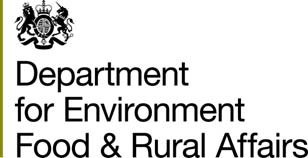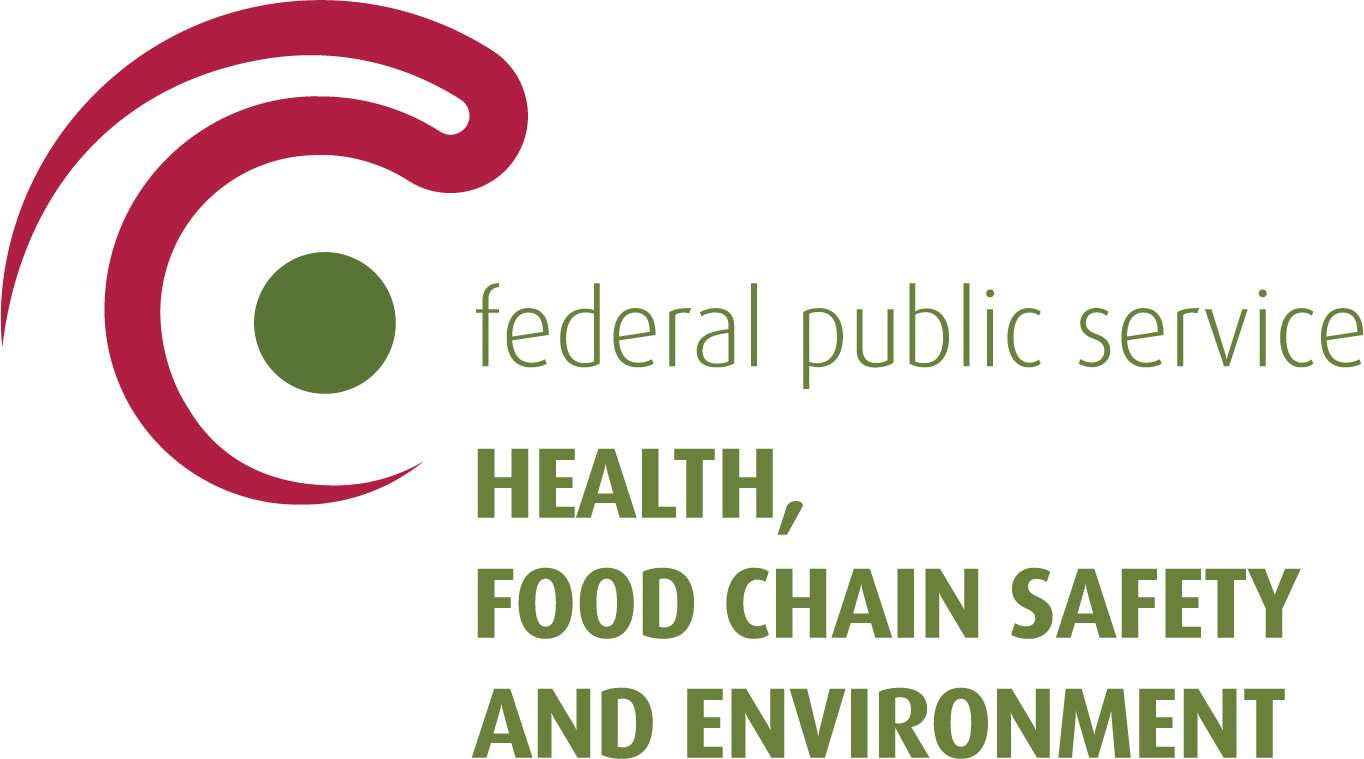The Global Environmental Impacts of Consumption (GEIC) Indicator
Tracking the environmental impacts embedded in commodity consumption.
This dashboard provides estimates of global environmental impacts and risks driven by consumption and production activities. It links the production of over 160 agricultural commodities across 240 producer countries / territories ‘embedded’ within domestic and international supply chains to selected environmental impacts and risks. The dashboard visualises how these impacts are driven by the consumption activities of countries, territories or other 'rest-of-world’ regions (groupings of countries / territories) across years spanning 2005 to 2023.
To navigate the dashboard, please use the drop-down menus below to select the focal perspective you are interested in and click 'Update Data'. The charts will present the data associated with your choices.
About
The dashboard was developed by the Stockholm Environment Institute (including the Sustainable Consumption Production group within the York Centre) and the Joint Nature Conservation Committee.
Dashboard development was supported by the UK Department for Environment, Food & Rural Affairs (Defra), the UK Research and Innovation’s Global Challenges Research Fund through the Trade, Development and the Environment Hub project (project ES/S008160/1), the Trase Project, and the Belgian Federal Public Service for Health, Food Chain Safety and Environment. Production of the underlying data set was commissioned and supported by Defra.
Methods
The data used in this dashboard are created within SEI’s Input-Output Trade Analysis (IOTA) framework, built around a hybridised physical-financial Multi-Region Input-Output (MRIO) model (described in Croft et al. 2018, 2025). In this application, IOTA utilises commodity level production and trade data along with monetary financial flows to provide estimates of the movement of goods from national-level points of production through to final consumption, regardless of supply chain length and complexity. These supply chains are extended via the application of environmental impact indicators, which in turn allow for the flows of embedded impacts to be captured.
The results allow for a range of perspectives to be assessed, compared and analysed, from the production or consumption end of the supply chain, across individual or multiple commodities, and over a range of metrics.
The IOTA modelling framework applied in this release and resultant data provided on this dashboard are underpinned by the GLORIA consumption model (see FAQs for full references). Alternative results using GTAP and EXIOBASE as data inputs are available to download from the ‘Get the data’ section for those interested. For further details about the differences between these models please refer to the FAQ section.
This dashboard uses a version of IOTA described in Croft et al. 2025. Other versions of IOTA include a more complex treatment of trade and processing information from FAO to provide more detailed assessment of trade-flow information as linked to consumption. This more complex version of IOTA underpins recent work to assess Belgium's deforestation footprint, summarised in this report. These methods differences mean that whilst results in the report are likely to be broadly similar, they should not be directly compared with data in this Dashboard.
Frequently Asked Questions
Get the data
Download the data:
- .CSV
- .Parquet
- .CSV
- .Parquet
- .CSV
- .Parquet
Note that a similar but more comprehensive assessment of Belgium's deforestation and biodiversity exposure, based on more complex IOTA-model methods, is available via this project report. A further report that explored Belgium's water footprint is also available here.
Terms and conditions of use: We make the data freely available for use. Whilst we have undergone steps to check the quality and accuracy of data provided, we provide on an 'as is' basis. The user assumes the entire risk associated within any use made of this information and SEI, JNCC and other partners (including the providers of input data that is used within the GEIC indicator) do not accept any liability for damage arising from the use of the information, and make no representation regarding the advisability or suitability of specific decisions made by the user. If using charts, data, information, graphs or maps from this site, attribution is required. You must clearly attribute the work to the CommodityFootprints.earth platform and provide a link to https://www.commodityfootprints.earth.
Please note that use of the data from GLORIA, EXIOBASE and GTAP must take place in accordance with the Terms & Conditions of these datasets, which – in particular – place restrictions on commercial use. For more details see conditions of use available via the respective data providers:
We use cookies on our site.






